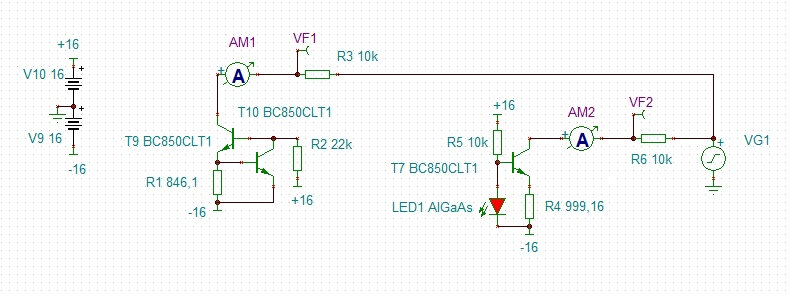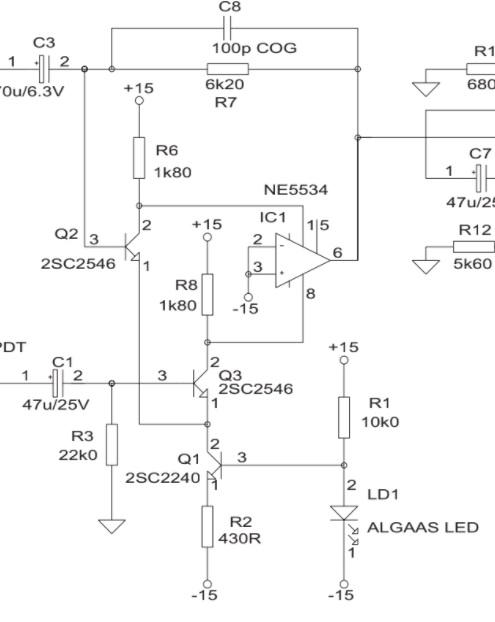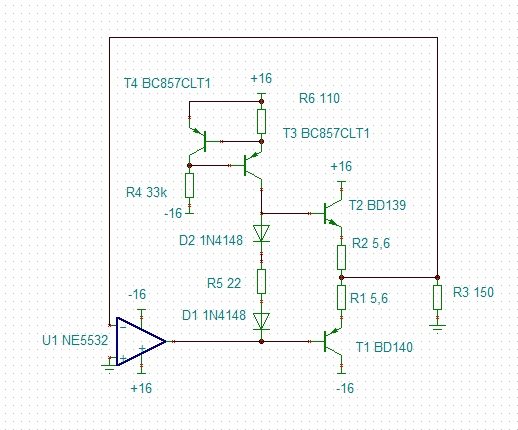Lets say you want to design a low noise, high z, thermally stable ccs, capable of delivering 400uA to 5mA. (e.g. to be used in a long tailed input pair of an opamp, or to current bias the bias diodes in a class ab emitter follower output stage.)
I still see both of these circuits being used. However nowadays the cost of a bc550c is no more than that of an AlGaAs led. And the pcb space these circuits take up is about the same (both in smd and th).

I'm under the impression that -of these two circuits- the ring of two has the highest (dynamic) output impedance across all frequencies, and the best thermal tracking.
Are these assumptions correct? And if so, then why would anyone still use the led circuit? Will the led circuit have any advantage over the ring of two on any terrain?
I still see both of these circuits being used. However nowadays the cost of a bc550c is no more than that of an AlGaAs led. And the pcb space these circuits take up is about the same (both in smd and th).

I'm under the impression that -of these two circuits- the ring of two has the highest (dynamic) output impedance across all frequencies, and the best thermal tracking.
Are these assumptions correct? And if so, then why would anyone still use the led circuit? Will the led circuit have any advantage over the ring of two on any terrain?




